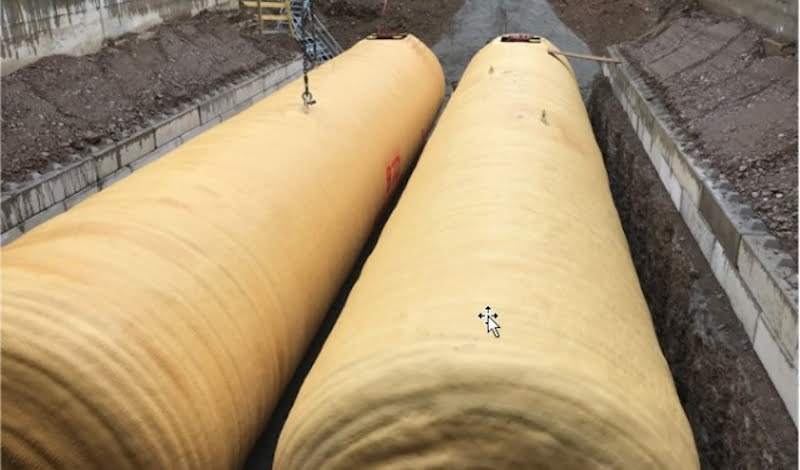
Researchers from the Fraunhofer Institute have developed a concept with which almost every building can be converted into an energy storage system. As so-called cold storage, office buildings in particular could relieve the power grids.
The expansion of sustainable power plants has recently stalled in Germany, but still has a lot of potential. We currently get about 50 percent of our electricity from sustainable sources in this country. According to the Federal Ministry of Economics and Climate Protection, this value will increase to 80 percent by 2030.
Nevertheless, electricity from wind power and sun still has a decisive disadvantage. Because when there is no wind or no sun, the power plants do not produce enough energy. Then climate-damaging coal-fired power plants usually step in. But if a day is particularly stormy or sunny, there is too much energy available the other way around.
Energy storage: Researchers are converting buildings into cold storage
The researchers at the Fraunhofer Institute for Solar Energy Systems (ISE) now have a solution to this problem. This consists of converting office buildings into cold storage. In addition, grid providers feed excess energy into chillers on days with strong winds or many hours of sunshine.
If one of the following days is windless or solar systems only produce little energy, the researchers use the cold storage to cool the premises. As a result, consumers would need less energy due to the storage, so the demand decreases. Consequently, coal-fired power plants or other fossil power plants remain shut down.
Buildings are purposefully turned into efficient energy storage systems
With this approach, the researchers want to meet the challenges of tomorrow’s power grids. In this way, buildings would be purposefully converted into batteries that relieve the network on days when there is less supply. In addition to cold storage, the heating of rooms or the intentional power operation of heat pumps would also be an option.
Industry can also help. For example, the Fraunhofer Institute suggests only turning on energy-intensive machines when sufficient electricity is available. A rethinking of the price structure is also necessary.
Excess electricity should be available as cheaply as possible or free of charge, while electricity should be more expensive at peak times. This could be realized by intelligent electricity meters.
Also interesting:
Source: https://www.basicthinking.de/blog/2023/02/17/fraunhofer-institut-kaeltespeicher/


